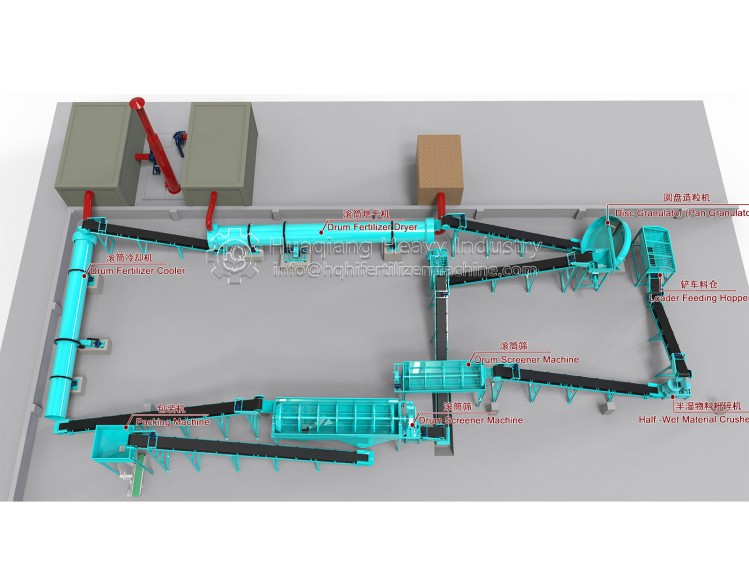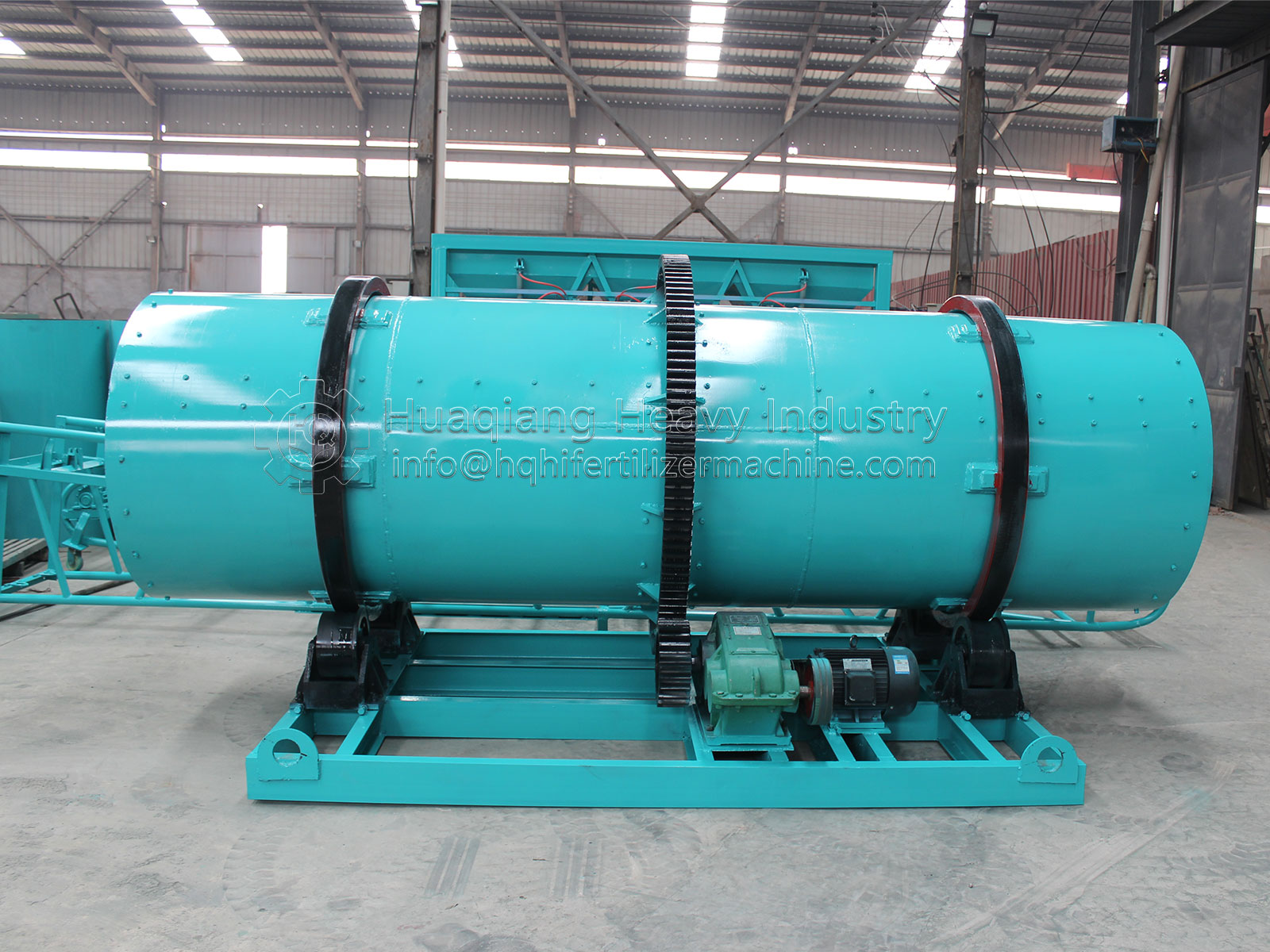Each granulator has its functions and its differences, and the disc fertilizer granulator machine also has its grading effect. The disc granulator makes the powdery material change from small to large from the bottom of the disc, and then form granules , Spilled into the outer disk. Then the diameter of its outer disc becomes larger, and the linear velocity of the particles increases rapidly. The particles are rolled while rolling to form spherical particles. Finally, the larger particles are sent to the dryer by a belt conveyor for drying.

In actual production, the disc granulator must determine the tilt angle and speed according to various raw materials. To operate. The material required for the granulation of the disc granulator is very important for its cohesiveness and plasticity. The balls with different particle sizes will leave the edge of the disc and roll down according to the different separation angles due to the different gravity In the process of continuous rolling, the ball will continuously evacuate the water in the ball out of the surface, so that the ball has a certain hardness, and then follow the edge of the plate to discharge out of the plate. If there are uneven particles, the granulator will return again to continue granulation. The granules produced are of uniform size.








